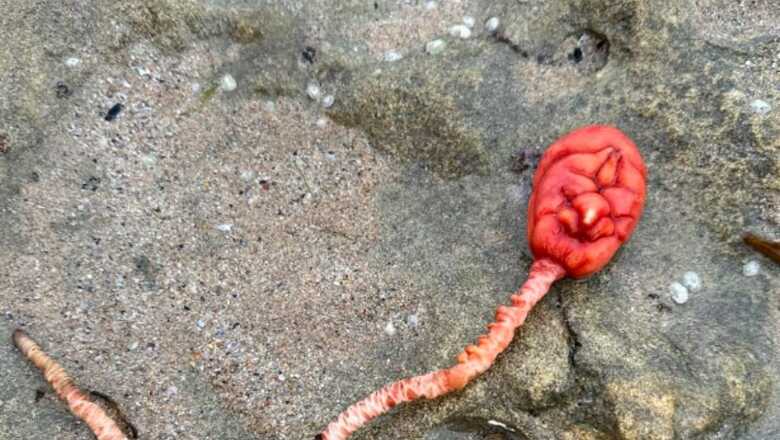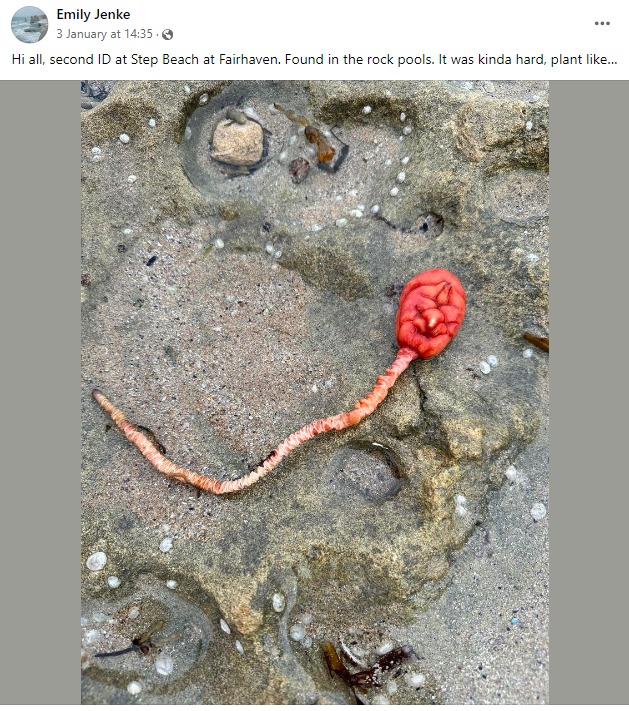
views
The intrigue surrounding mysterious species washing up on beaches has captivated the human imagination for generations. Recently, a Facebook post sparked a wave of excitement when a beachgoer shared a snapshot of what appeared to be an alien-like organism found on Step Beach at Fairhaven in Victoria, Australia. However, as nature enthusiasts and experts delved into the matter, it was revealed that the enigmatic creature was, in fact, an underwater plant species.
The image of the organism was first shared by a Facebook user in the group Field Naturalists Club of Victoria. In the caption accompanying the post, the user described the discovery as the “second ID at Step Beach at Fairhaven,” found in the rock pools, and noted its plant-like appearance. The snapshot, showcasing a small, brain-like structure with a tail, quickly garnered attention and intrigue among online audiences.

The post, shared on January 3, rapidly gained traction, accumulating over 1,300 likes and sparking numerous comments from astonished onlookers. Many individuals were astounded by the peculiar appearance of the organism, with some drawing comparisons to alien or even referencing fictional extraterrestrial beings such as the ‘Triffid.’ Amidst the speculation, a revelation emerged from the online discourse as some users identified the mysterious entity as a sea tulip.
A user expressed relief upon learning that it was a plant, while another provided a scientific explanation, identifying it as a non-vertebrate chordate with a notochord, closely related to vertebrates.
About Sea Tulips:
As per information from the Australian Museum, the Sea Tulip exhibits a distinctive appearance with a surface covered in lumps and bumps, creating a somewhat warty texture. Its colour palette includes vibrant shades such as orange, purple, yellow, or pink. However, these striking hues are not a natural attribute of the Sea Tulip itself but rather result from the presence of an encrusting sponge, Halisarca australiensis that coats its surface. Typically inhabiting coastal waters, the Sea Tulip can be found at depths of up to 80 meters. This sessile organism lacks the ability to move and relies on ocean currents to transport food particles to its location.


















Comments
0 comment